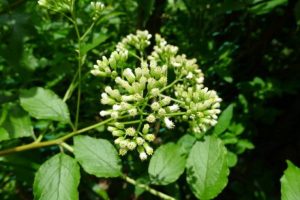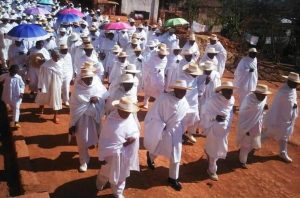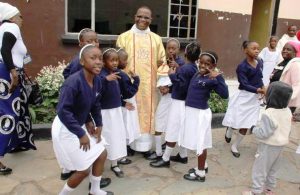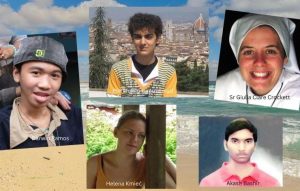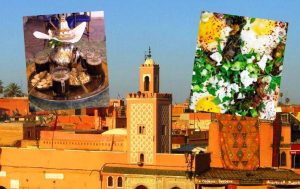In Africa, there are over 2 thousand active (African) languages – about one-third of the languages spoken in the world. At least 75 of these are spoken by over 1 million people.
Technological advances, including translation tools based on artificial intelligence, in addition to encouraging the celebration of cultural heritage, have made it possible to exploit the power of language in various ways. However, understanding the unique characteristics of the most used languages is a basic element for understanding the different cultures of Africa. Here is a list of the most spoken languages on the continent.
Kiswahili is spoken primarily in Central and East Africa and has links to hundreds of dialects, as it is predominant in the Bantu family of African languages. There are over 150 million Africans who speak it. It is among the official languages of Tanzania, Kenya and Uganda, and is spoken in large parts of the Great Lakes region. The African Union has adopted it as its official working language due to its widespread use and its cultural and economic value.
Igbo is mainly spoken in Nigeria. It is a tonal language, so the meaning of words depends on the tonality applied by the speaker. It includes several decentralized dialects that share an emphasis on the meaning of names and the heavy use of proverbs, metaphors and parables.
Hausa, belonging to the Afro-Asiatic linguistic group, is one of the oldest languages in the world. Spoken by millions of the Afro-Asiatic ethnolinguistic family, it facilitates trade and interpersonal communication throughout West Africa.
Oromo is spoken in Ethiopia and parts of Kenya and Somalia by tens of millions of people. It includes a large variety of dialects and different modalities in its vocabulary. It is part of the Cushitic group of languages spoken by people who share a similar culture and history in northeast Africa.
Yoruba is mainly spoken in Nigeria, Benin and Togo. Yoruba is also a tonal language. The extensive vocabulary is full of greetings, proverbs, metaphors and folklore narratives.
Amharic is the official language of Ethiopia. It is the second most spoken Semitic language in the world after Arabic. Derived from the ancient Gheez language, it has a rather complex alphabet of 33 characters called the fidel and its rich literary history dates back to the 13th century. A distinctive aspect of the language is the “explosive or cracking sound” produced when the speaker pronounces certain consonants.
Fulfulde (Fulani) is spoken throughout West and Central Africa. While most African languages are found in a specific area, Fulfulde is spoken widely, in several regions. Researchers describe this language as having great “linguistic value”, due to the few aspects it has in common with the other main West African languages.
Zulu is an official language in South Africa. The language is also based on tone, like Igbo and Yoruba. The use of clicks together with consonants is one of the most intriguing features of the Zulu language. Its oral tradition includes poems, proverbs, and historical accounts.
Mandinka is spoken by over 12 million people in various West African countries: Guinea, Mali, Senegal, Gambia, Guinea-Bissau, Ivory Coast and Burkina Faso. The strong oral tradition promoted by this language was further strengthened by the griots, famous storytellers, custodians of historical accounts and the cultural fabric of the populations.
The Shona language is the most widespread in Zimbabwe. It too is a language based on tonality. Shona’s use of high tones for religious communication and low tones for ordinary dialogue distinguishes it from other languages. Much of the extensive Shona vocabulary is related to family life and social structures.


